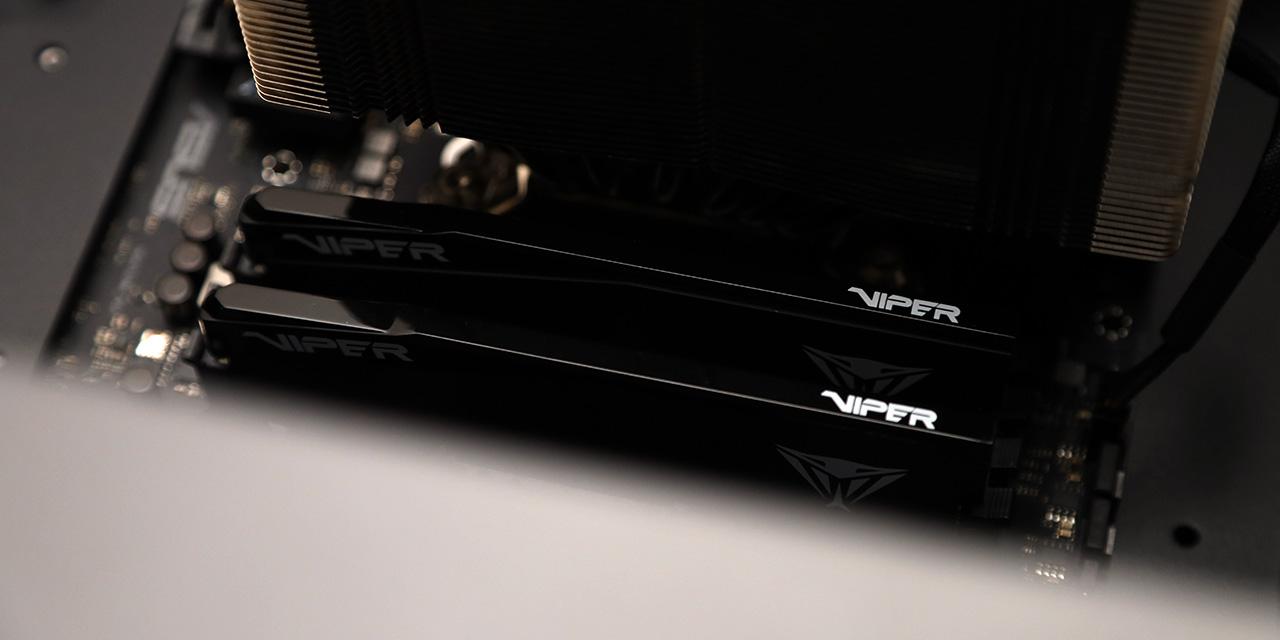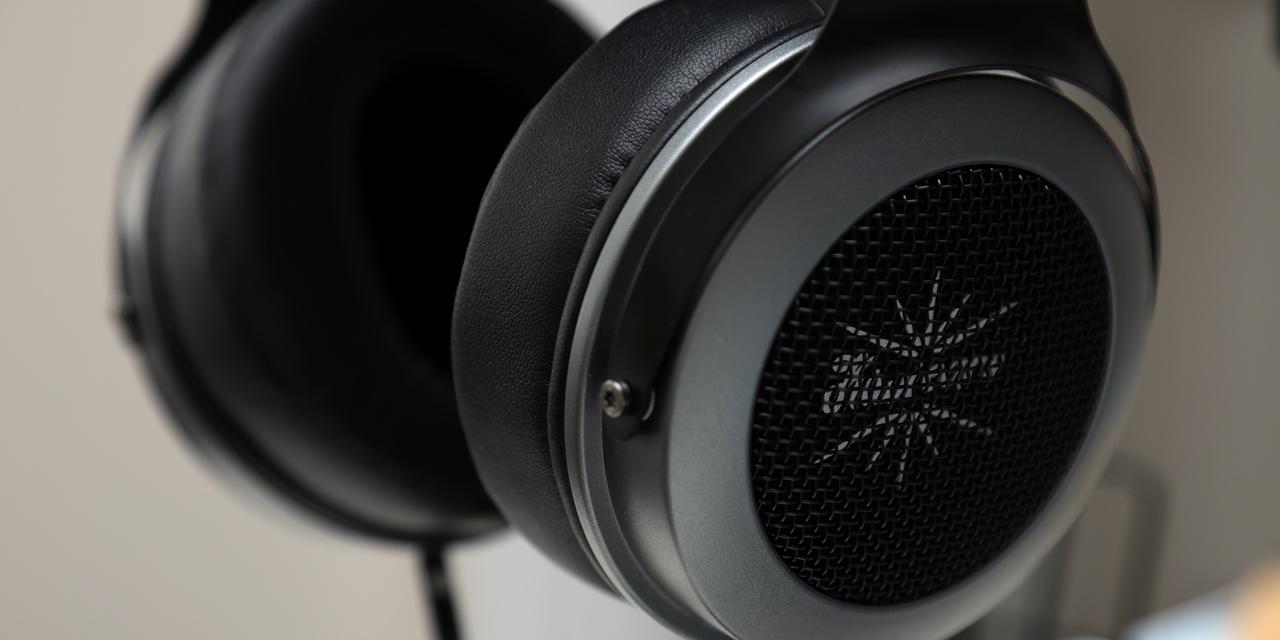Page 2 - A Closer Look - Hardware and Software

The Cooler Master MasterMouse MM530 has a mostly traditional design. However, looking at it head on, it is easy to tell it is asymmetrical to make it comfortable for a right-handed user. Furthermore, the back end bulges out to make it comfortable for a palm grip user. The Cooler Master MasterMouse MM530 is focused on providing a comfortable palm grip experience, and so if you like a claw grip more, this might not be the mouse for you. The left side of the mouse is quite indented to be comfortable for your thumb, and to make it easier to press the two buttons found in this location. These two buttons are the only place with a glossy finish, which is actually a strange break from the overall design. Also found here is a rubber surface to keep your thumb in place, which is slightly smooth as well. The same rubber is found on the right side of the mouse, with a smaller indent for your little finger. The surface of the mouse is not entirely smooth, but is a little coarse because of the matte black finish. I definitely enjoyed this feel more than a glossy finish, it also does not attract fingerprints, which a glossy finish is more prone to do. On the back of the mouse is the only Cooler Master branding on the otherwise completely black mouse. Surrounding the Cooler Master logo is one of the three RGB illumination zones. The other two is the scroll wheel and the two arrow buttons roughly in the middle of the mouse.
The dimensions for the Cooler Master MasterMouse MM530 comes in at 60.4 mm in width by 40.2 mm in height by 124.8 mm in length. This is not a very large mouse, but big enough to be comfortable for most palm grip users. As already mentioned, the bulge toward the back of the mouse helps to make this mouse more of a palm grip. Unfortunately, there are no interchangeable weights for the Cooler Master MasterMouse MM530, but it does come in at 132.5g, which is a bit hefty for a gaming mouse. I appreciate the heavier weight in a mouse, but it is always nice to have the flexibility to change the weight of a mouse. Both the size and the weight work well together for a comfortable palm grip experience.

This angle provides a better view of the overall design of the mouse. The front right angles upward to create the bulge toward the back. As you can see, the main mouse buttons feature no fancy design; instead they are just flat, which I like. The two buttons feature Omron switches, which provide great feedback with a lifespan of 20 million clicks. Cooler Master definitely made the effort to ensure a nice click for every press. The scroll wheel has a textured feel to it, not just in the scroll feel, but the actually wheel as well. The wheel is made out of rubber, which gives it a nice grip. Behind the scroll wheel are two buttons, which cycles through four different DPI presets that is configured through the downloadable software. Leading out the front of the mouse is a 1.8 m flexible rubber cable.

As usual, the bottom of the mouse is fairly plain. There are two large Teflon feet; one at the bottom and one at the top to provide a smooth experience while using the mouse. The rather small sticker toward the top of the sensor houses some information. The sensor is the main star of the show on the bottom of the Cooler Master MasterMouse MM530. It is the PixArt PMW3360 optical sensor, which provides 1:1 lag free tracking. This is an excellent sensor used in virtually every performance mouse in the market today. Cooler Master definitely ensured the mouse to have top notch hardware. We will have to see how it performs on the next page. Also inside of the mouse is 512 KB on-board memory and a 32-bit ARM Cortex M0 processor. The hardware for the Cooler Master MasterMouse MM530 is impressive to say the least.

The software Cooler Master provides for most of its products is predominantly a smooth experience. At first, I had to download the Cooler Master Portal, which then allowed me to download another program for the Cooler Master MasterMouse MM530. I then had two separate shortcuts on my desktop for two different programs. I found this to be a little clunky. However, the program itself was polished. Upon opening it, I was met with the key assignment tab, allowing me to change any of the keys on the mouse. There are three main tabs at the top, which you can see in the above picture. The macro tab allows one to create different macros and assign it to keys, while the library tab houses the different saved profiles. Under the main control tab, we have most of the functions. TactiX is a feature to allow each key of the mouse to have another function. Pressing it activates the secondary functions of each key. The LED tab allows one to change the colors in full RGB fashion, with seven different LED lighting effects. The next tab is fairly self-explanatory; allowing one to change the four different DPI settings. This tab also houses the polling rate, angle snapping, and the lift off distance. There is a mousepad feature, which allows one to calibrate the sensor quite easily with the mousepad you are using. The next tab has the OS sensitivity, double click speed, and the button response time settings. Lastly, there are five different stored profiles to choose from found along the bottom for all your gaming needs.
Page Index
1. Introduction, Packaging, Specifications
2. A Closer Look - Hardware and Software
3. Subjective Performance Tests
4. Conclusion





